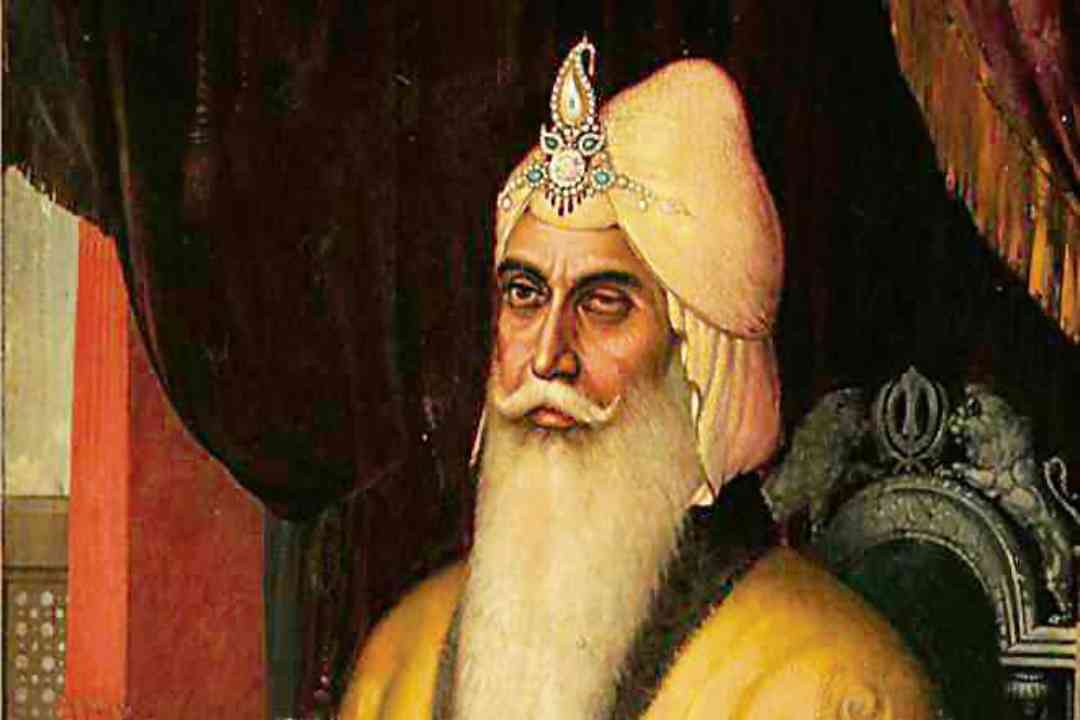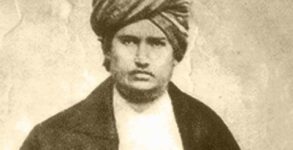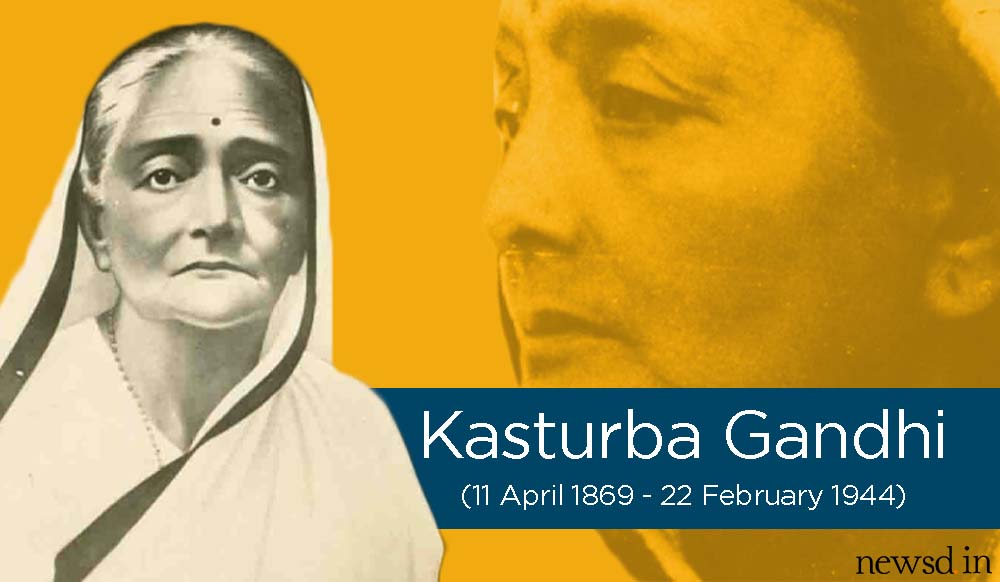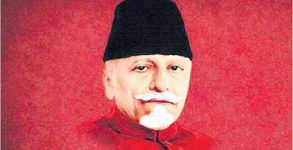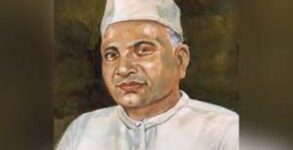Ranjit Singh, also spelled Runjit Singh, byname Lion of the Punjab, founder and maharaja (1801–39) of the Sikh kingdom of the Punjab.
Ranjit Singh was the first Indian in a millennium to turn the tide of invasion back into the homelands of the traditional conquerors of India, the Pashtuns (Afghans), and he thus became known as the Lion of the Punjab. At their height, his domains extended from the Khyber Pass in the northwest to the Sutlej River in the east and from the Kashmir region at the northern limit of the Indian subcontinent southward to the Thar (Great Indian) Desert. Although he was uneducated, he was a shrewd judge of people and events, free from religious bigotry, and was mild in the treatment of his adversaries.
Maharaja Ranjit Singh was the mighty leader of the Sikh Empire that lasted for nearly 40 years. Headquartered in Amritsar-Lahore, the Maharaja’s empire spanned from one end of Kashmir to Peshawar on another. Reckoned as one of the most powerful leaders of his time, Singh became the Maharaja of Punjab at the age of 21. He was also known as Sher-e-Punjab.
On this day in the year 1780, he breathed his first.
Here are some facts about the legendary ruler as we remember him on his 241st birth anniversary:
- Ranjit Singh was born on November 13, 1870 in Gujranwala in Punjab now in Pakistan.
- As an infant, he contracted the smallpox infection which left him blind in his left eye.
- He was a skilled martial artist and well-trained in Sikh tradition of fighting.
- As a teenager, Singh fought military battles alongside his father.
- He earned accolades for his exemplary display of strength and valour in the war against invading Afghans.
- Singh was conferred the title of Maharaja after he had successfully united many fringe Sikh groups that were spread across the region of north-western region under one umbrella.
- The Maharaja was an epitome of secularism as his Army included Hindus, Muslims, Sikhs and European Christians.
- Even though his Army had manpower from various faiths, Singh was against beef-eating and smoking and the rule was sacrosanct.
- Under his rule, several major townships emerged as the centres of trade, arts and commerce. Srinagar, Attock, Peshawar, Bannu, Rawalpindi, Jammu, Gujrat, Sialkot, Kangra, Amritsar, Lahore and Multan were some of the cities under the Maharaja’s Sikh Empire.
- The mighty Sikh Empire under his leadership withstood the onslaught of British East India Company in the early 19th century. The Anglo-Sikh wars caused the downfall of the Sikh Empire which paved the way for the formation of the British Province of Punjab in 1849.

